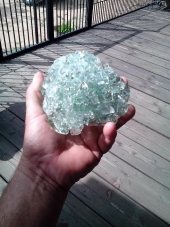
 3
3




I make a Maple Syrup instructional movie! Check it out HERE
SKIP books, get 'em while they're hot!!! Skills to Inherit Property
See me in a movie building a massive wood staircase:Low Tech Lab Movie
 3
3




 7
7




Just fermenting and being fermented by life
 6
6




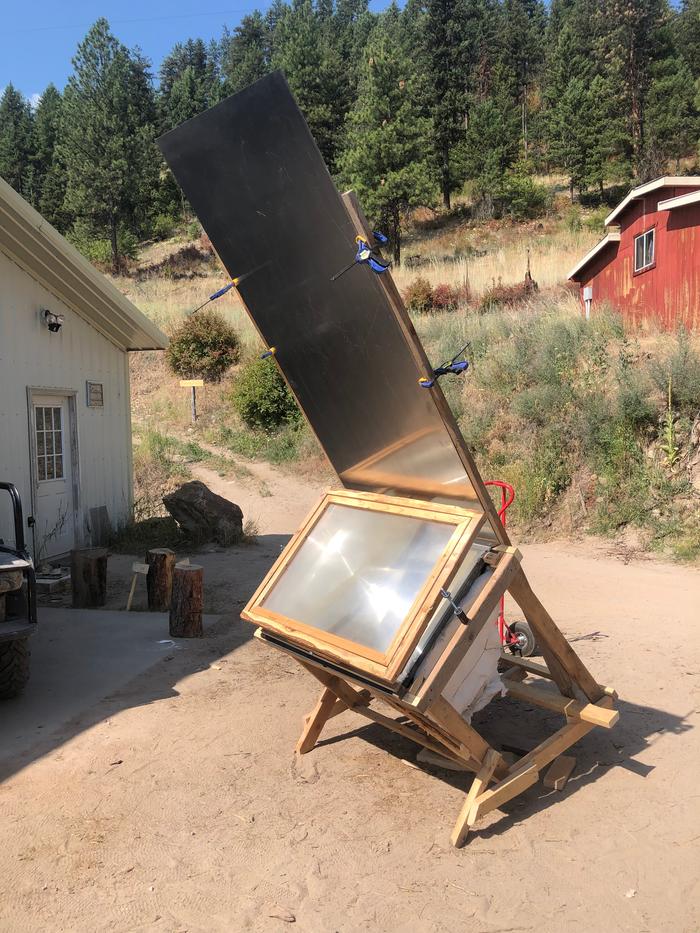
Just fermenting and being fermented by life
 2
2




I make a Maple Syrup instructional movie! Check it out HERE
SKIP books, get 'em while they're hot!!! Skills to Inherit Property
See me in a movie building a massive wood staircase:Low Tech Lab Movie




 7
7




Just fermenting and being fermented by life
 4
4




Just fermenting and being fermented by life
 4
4




Just fermenting and being fermented by life
 4
4




Just fermenting and being fermented by life
 6
6




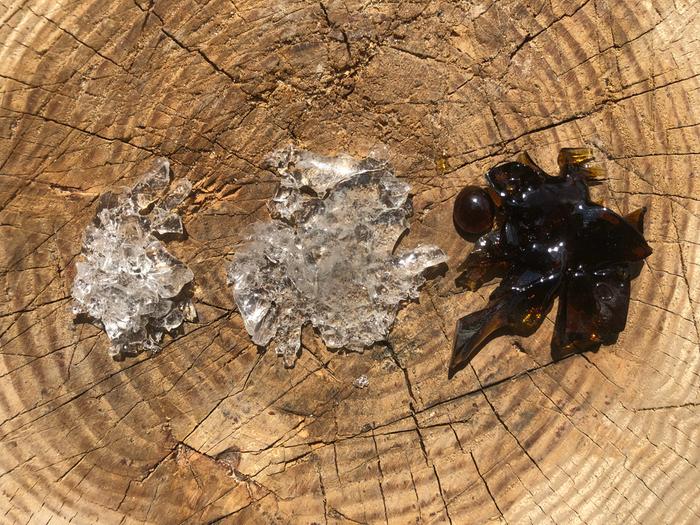
Just fermenting and being fermented by life
 2
2





I make a Maple Syrup instructional movie! Check it out HERE
SKIP books, get 'em while they're hot!!! Skills to Inherit Property
See me in a movie building a massive wood staircase:Low Tech Lab Movie
 1
1




Phil Stevens wrote:Mike - The answer is "it depends" but up to a certain angle it will simply be an ellipse. A circle is just a special case of an ellipse and results from the focal axis being a perfect 90 degrees from the plane of the surface you're focusing on.
I make a Maple Syrup instructional movie! Check it out HERE
SKIP books, get 'em while they're hot!!! Skills to Inherit Property
See me in a movie building a massive wood staircase:Low Tech Lab Movie
 1
1




Permaculture...picking the lock back to Eden since 1978.
Pics of my Forest Garden
 4
4




Just fermenting and being fermented by life
 5
5




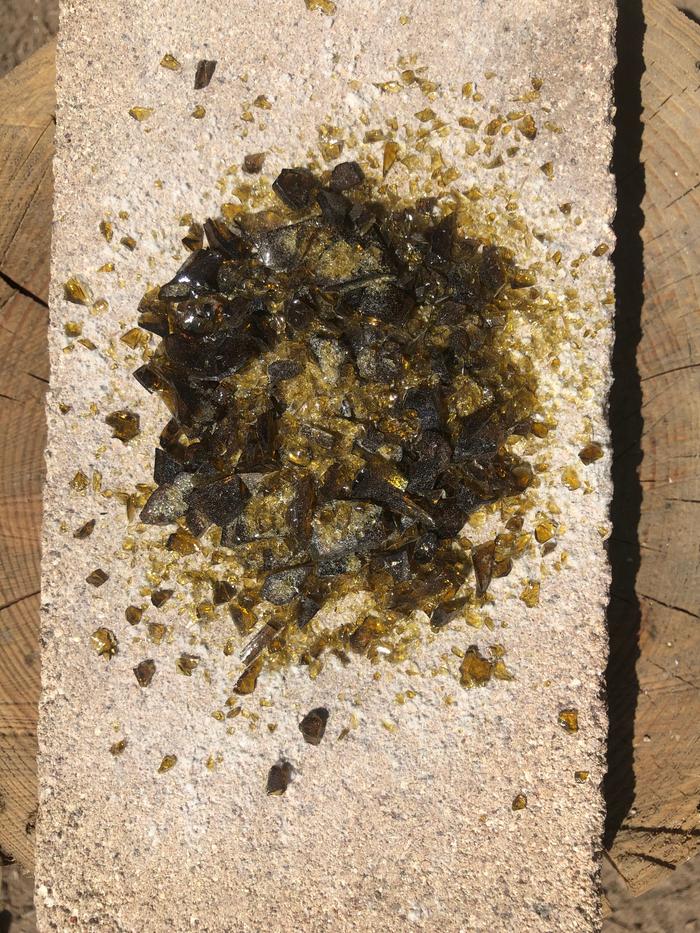
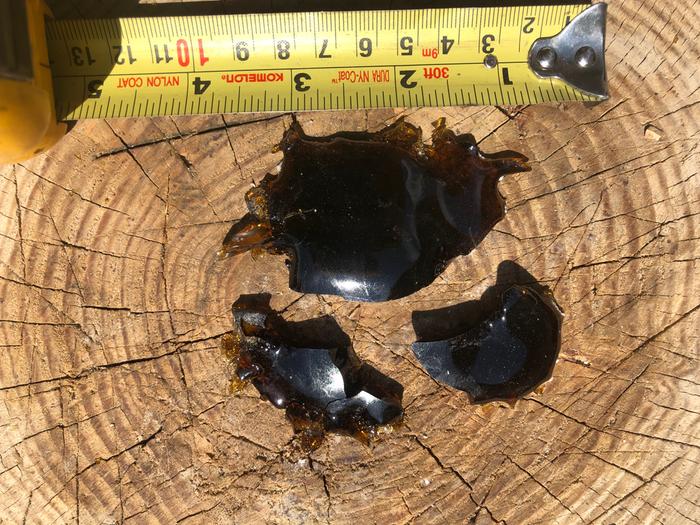
Just fermenting and being fermented by life
 8
8




Just fermenting and being fermented by life
 4
4




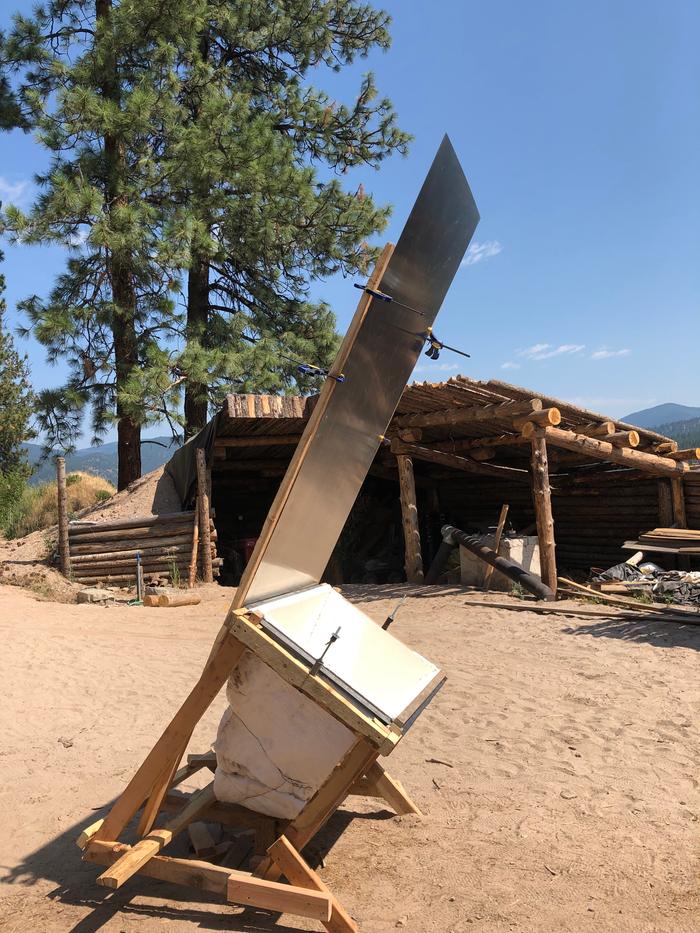

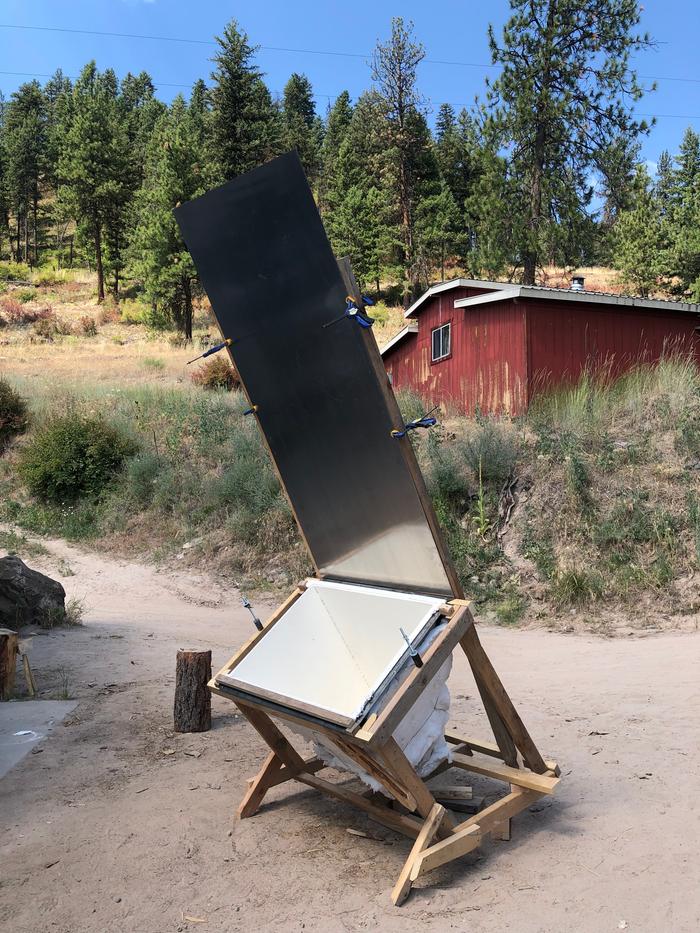
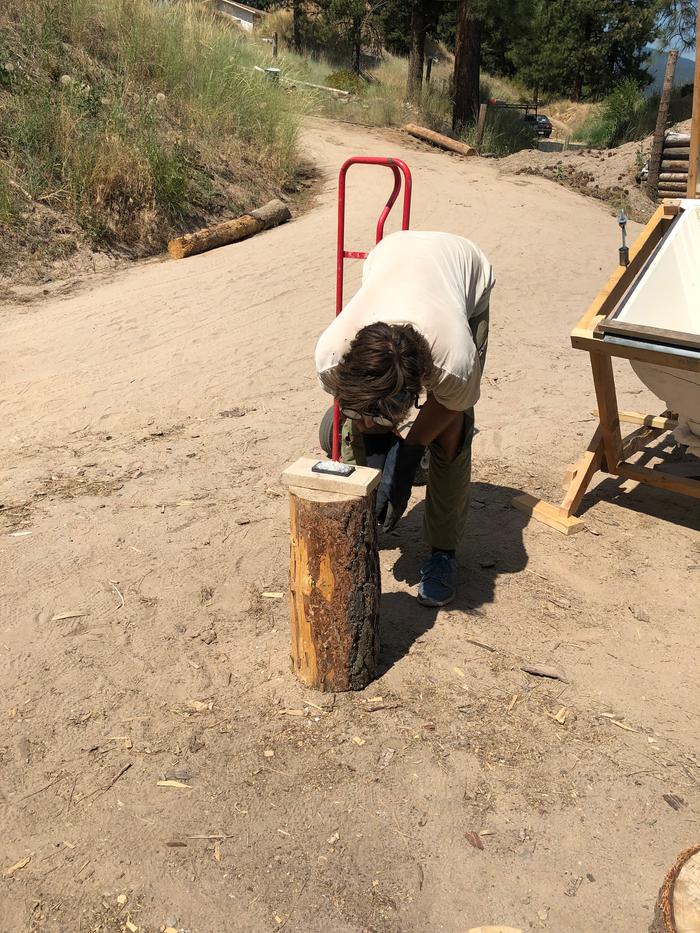
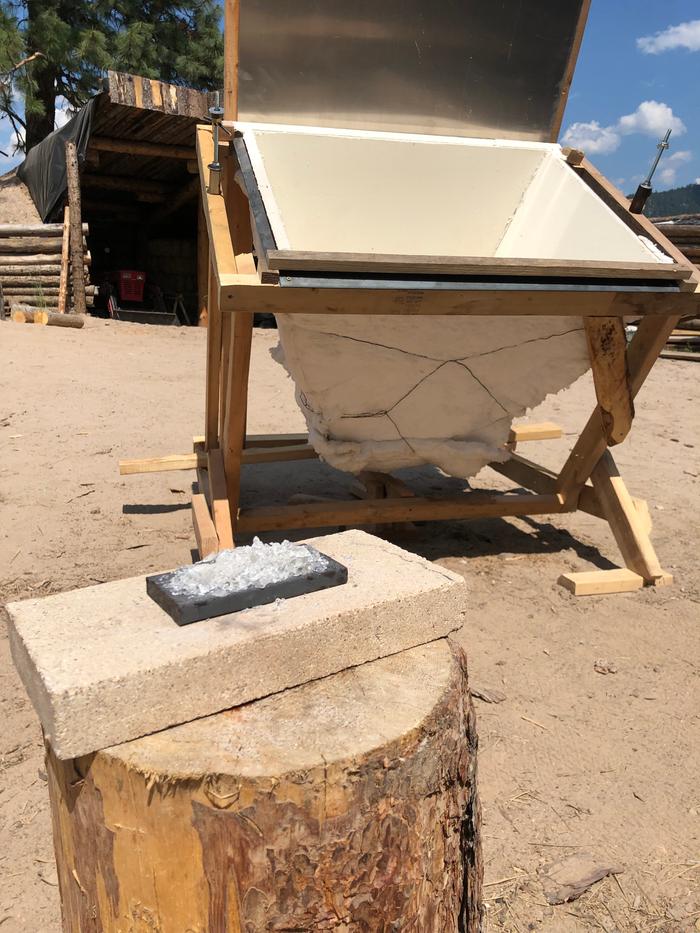
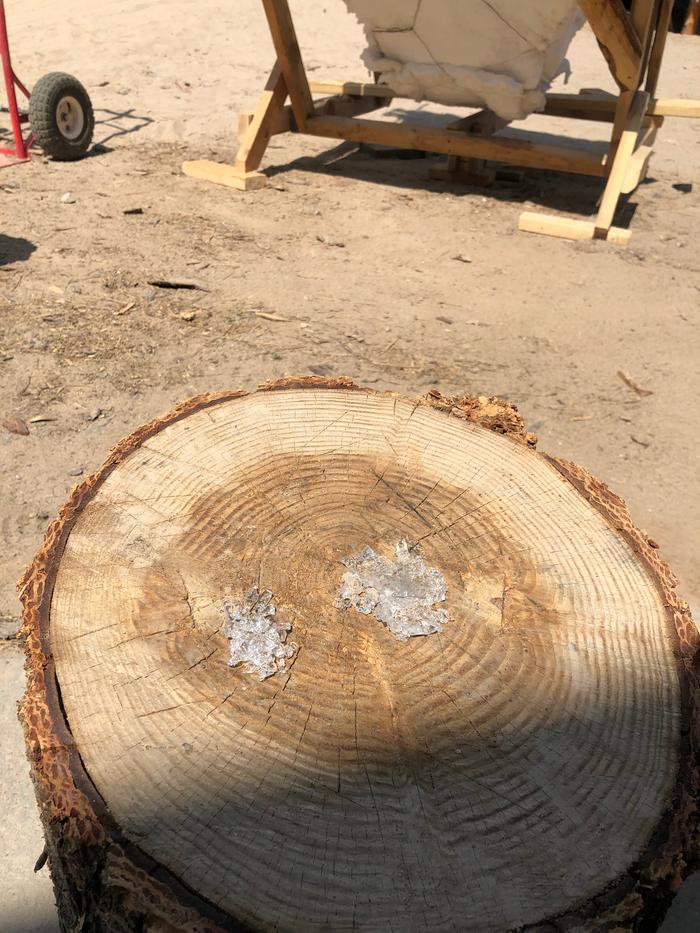
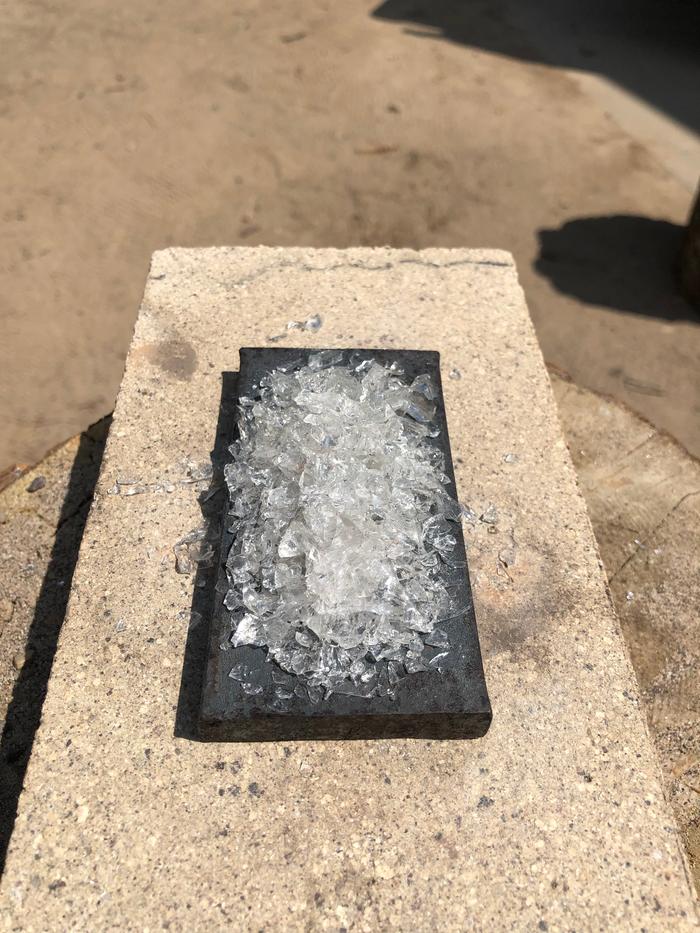
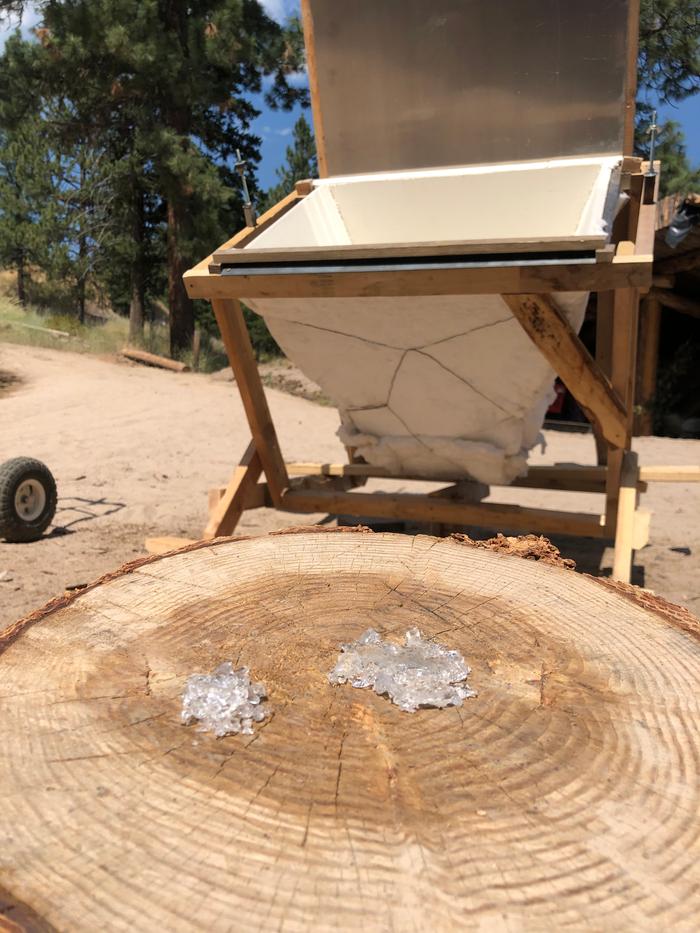
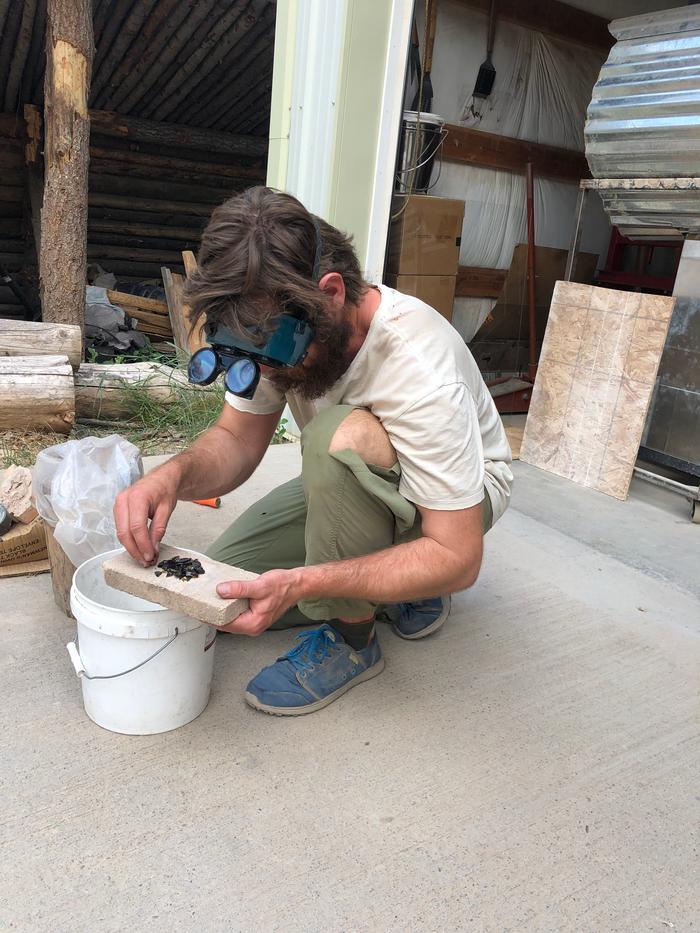
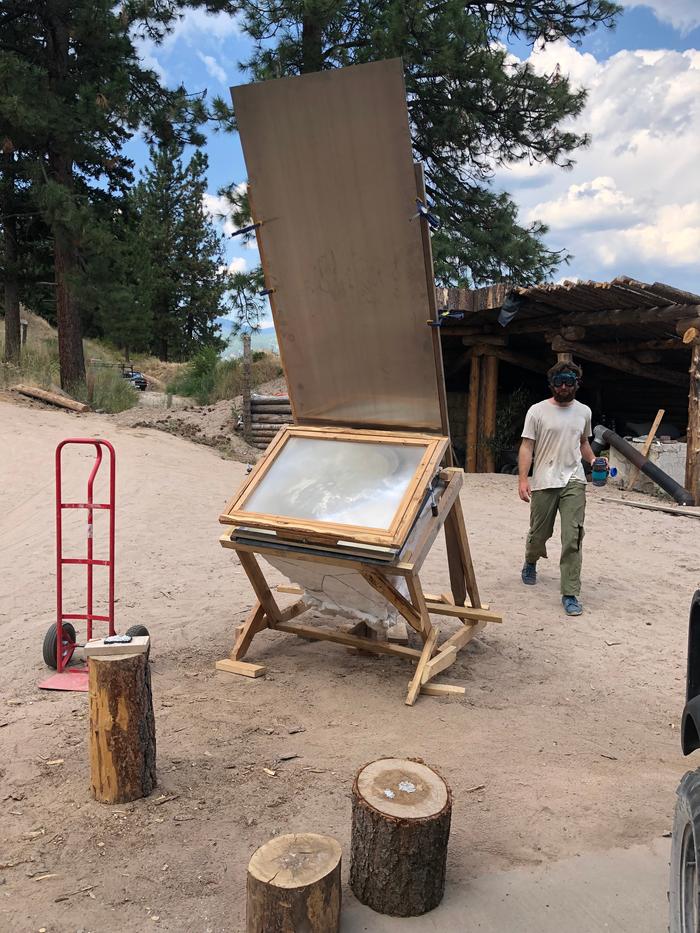
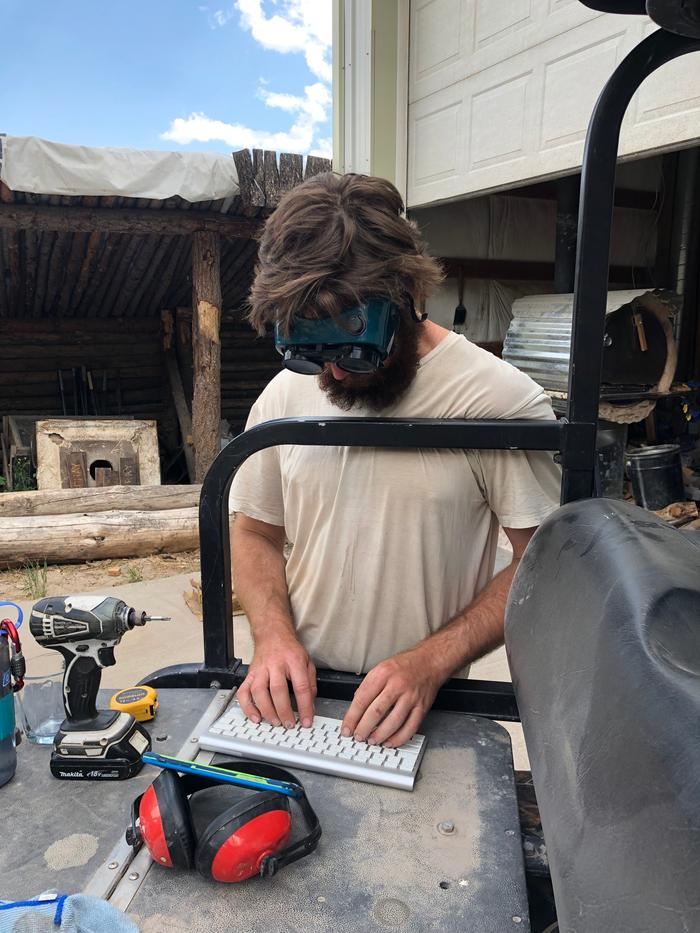
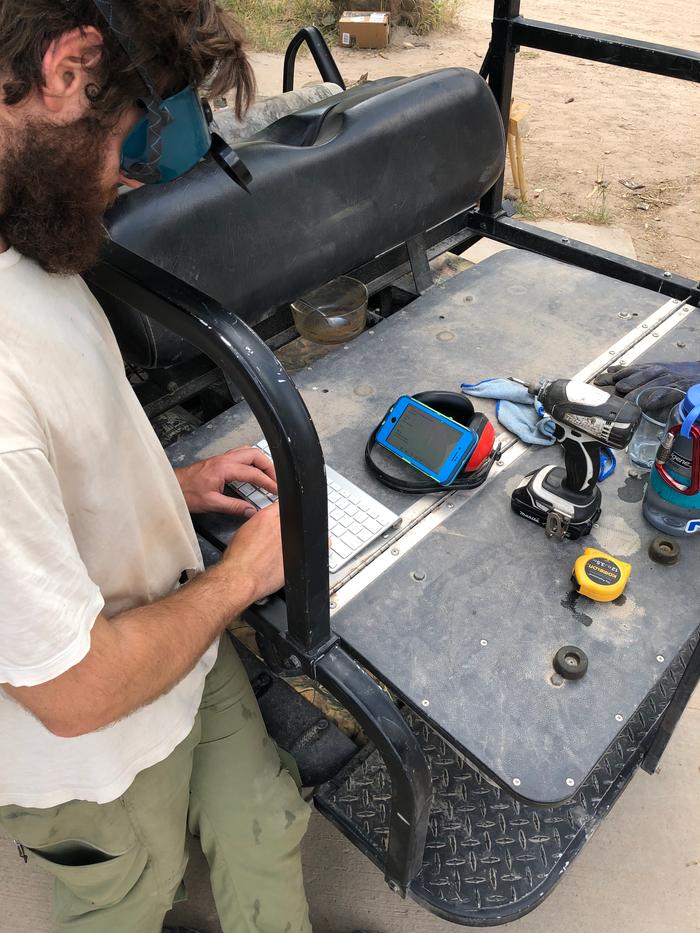
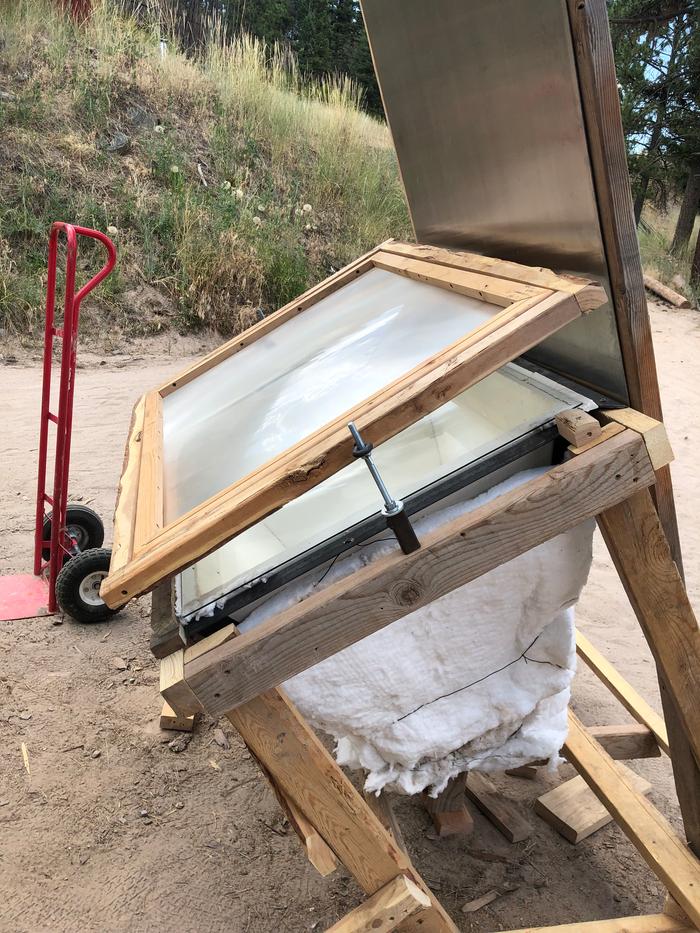
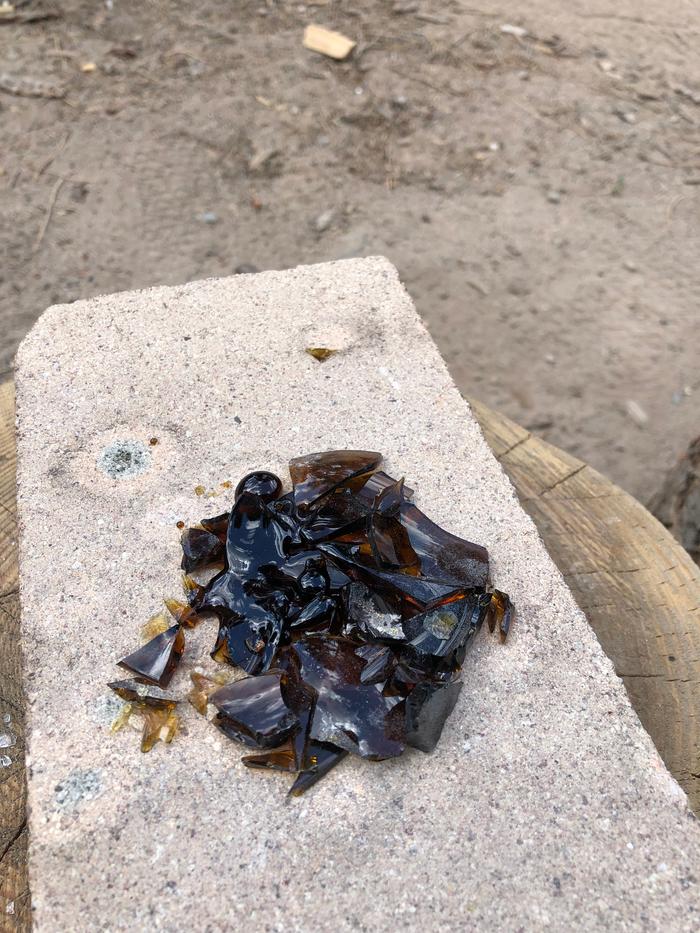
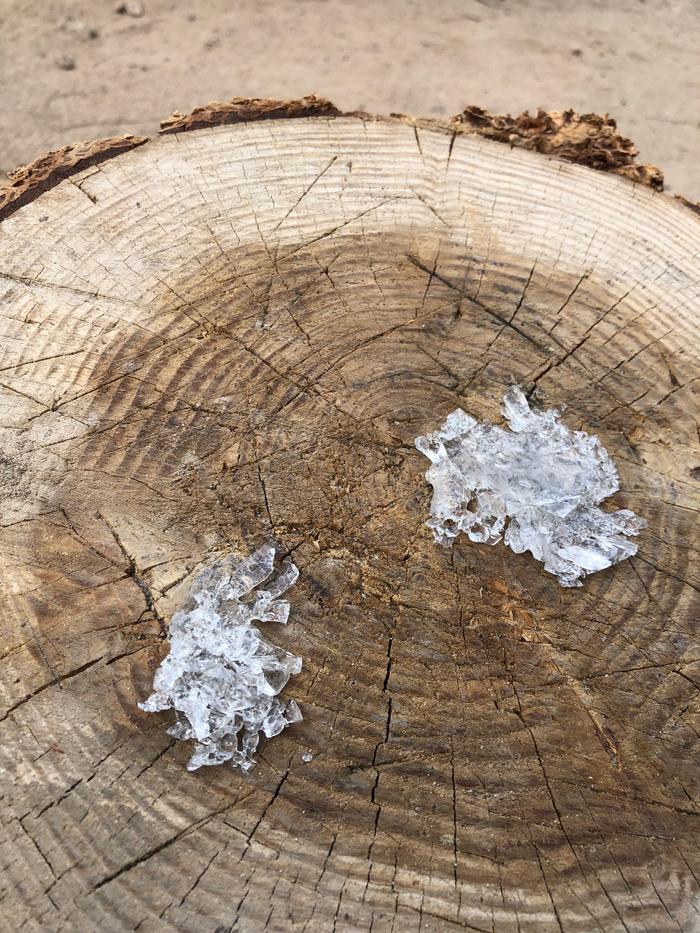
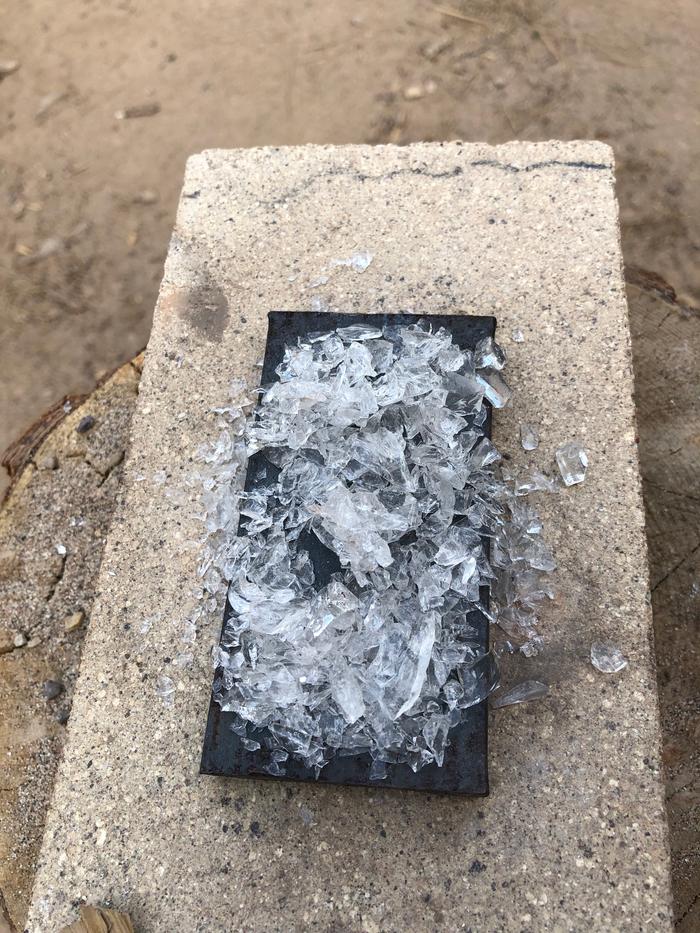
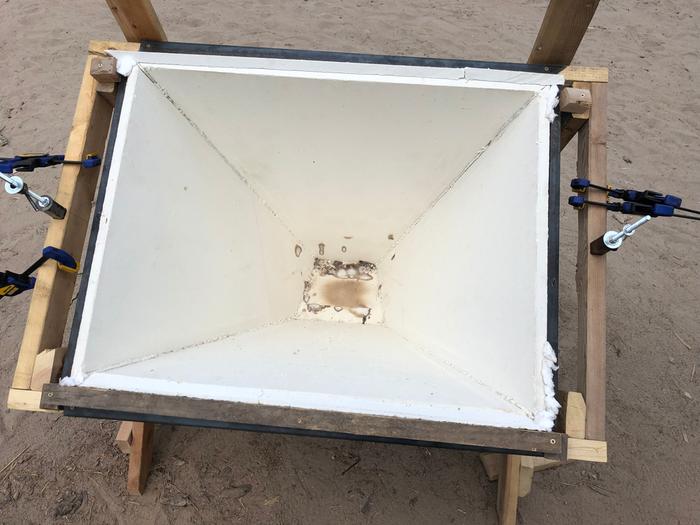
Thanks,
Coco
Fernandez
 4
4





I make a Maple Syrup instructional movie! Check it out HERE
SKIP books, get 'em while they're hot!!! Skills to Inherit Property
See me in a movie building a massive wood staircase:Low Tech Lab Movie

|
We are the Knights of NEE! And we demand a tiny ad!
Play Your Way to a Sustainable Lifestyle: Uncover Permaculture Principles with Each Card
https://gardener-gift.com/
|

